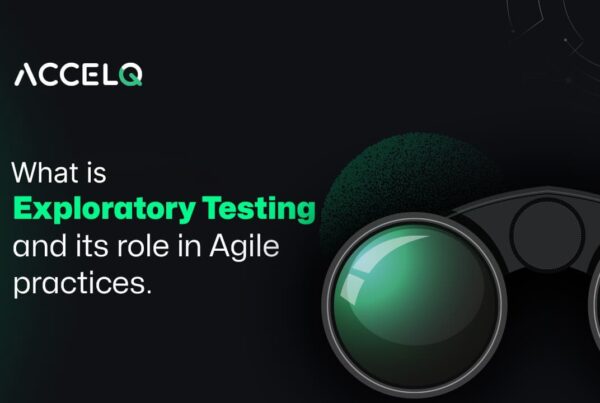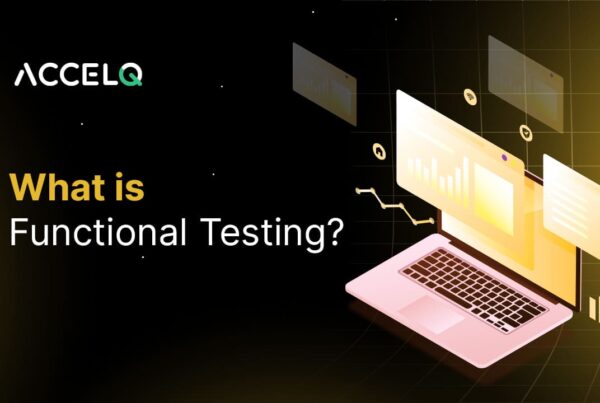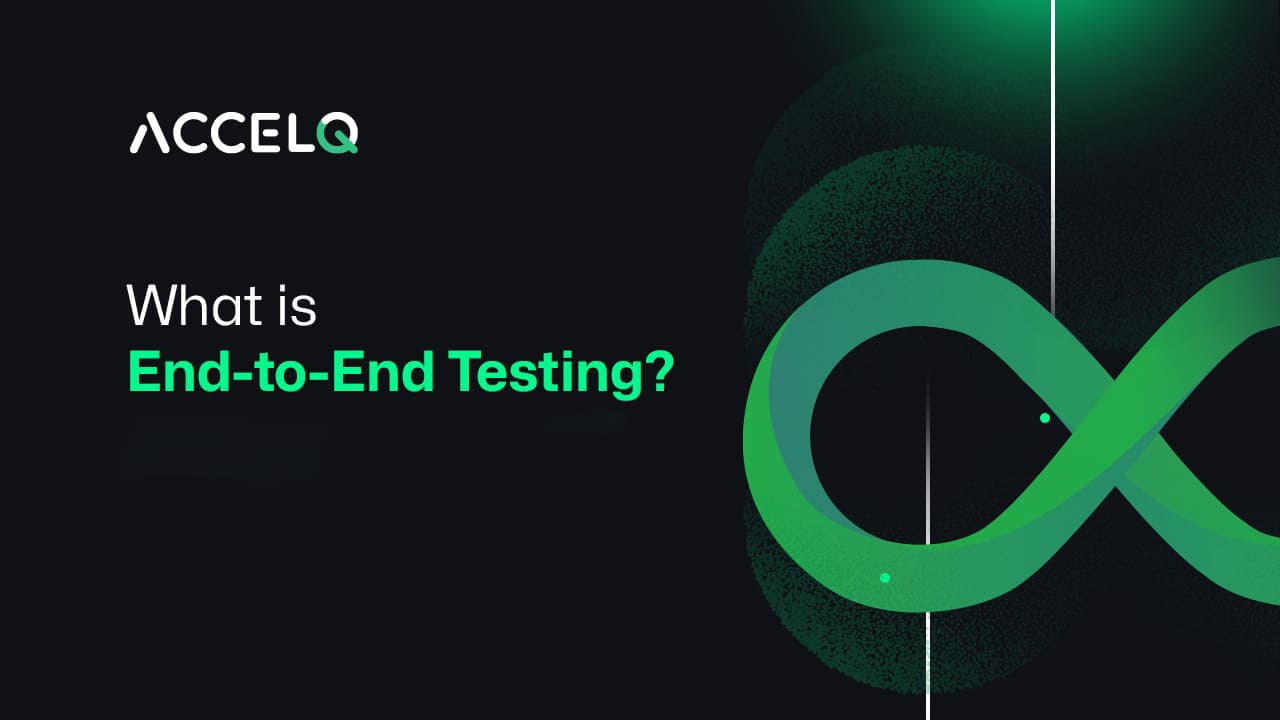What is End-to-End (E2E) Testing? Best Practices & Examples

In modern Agile development, flawless delivery of applications is a must-have. As the systems become more complex, testing every interaction and workflow is key to ensuring it works as seamlessly as you expect. This is why end-to-end (E2E) testing is so crucial in the picture; it mimics real-life situations to check that whole application ecosystem together—from user interfaces down to backend systems all the way through third-party integrations.
E2E testing is a step ahead of the classical test strategy because it enables you to see how an application tends to behave in real-world situations. It guarantees that every linked component plays nicely together, allowing you to mitigate risk and elevate the user experience. We will talk about what E2E testing is, the benefits of E2E testing, and best practices, as well as real-life examples to give you a clear idea of how great implementation can be done in your testing strategy.
What is End-to-End Testing?
End-to-End testing is a software testing type in which we test a complete application in that live environment end to end by activating all the user interactions or scenarios, covering all the flows from start to finish, and along with its interaction and integration into external systems, database, and interfaces as well. It checks the integrity of data, communication between systems, and behavior of applications in a production-like environment.
E2E testing is a type of software testing that mimics real-life scenarios and extends beyond system and functional testing. It guarantees that all components work together seamlessly, both upstream and downstream, which is why it is also called Chain Testing.
Key Features of E2E Testing:
- Validates dependencies across subsystems.
- Ensures data flows correctly between modules.
- Simulates user actions and external system interactions.
How to Write Effective End-to-End Tests
Creating robust E2E tests involves careful planning and execution. Follow these steps to ensure comprehensive coverage:
- Understand Requirements: Review the software’s requirements and workflows thoroughly.
- Set Up the Environment: Configure hardware, software, databases, and external integrations to mimic production conditions.
- Map System Components: Identify all application components and their dependencies.
- Define Test Scenarios: Create test scenarios reflecting user interactions and critical application workflows.
- Write Test Cases: Develop detailed test cases based on the scenarios, including inputs, expected outcomes, and error handling.
- Execute Tests: Run tests in the defined environment, including exploratory testing for edge cases.
- Review Results: Analyze test outcomes, document findings, and refine tests as needed.
Why is End-to-End Testing Important?
End-to-end testing checks the flow of the whole system and boosts trust by finding problems and testing more subsystems. Today’s software systems are complicated and linked to many smaller systems that might differ from today’s systems. Any breakdown in a subsystem can bring the whole system down. Testing from beginning to end can avoid this big risk.
- Validating System Integrity: Ensuring all components interact seamlessly.
- Enhancing User Confidence: Providing a reliable, bug-free user experience.
- Reducing Risks: Identifying and addressing issues before release.
Types of End-to-End Testing
E2E testing covers a range of testing types to ensure comprehensive validation:
1. UI Testing
Validates the graphical user interface (GUI) for functionality, responsiveness, and user-friendliness across devices.
2. API Testing
Ensures seamless communication between backend services, APIs, and third-party integrations.
3. Performance Testing
Assesses application performance under load, stress, and scalability conditions to ensure stability.
4. Security Testing
Identifies vulnerabilities and safeguards against data breaches and cyberattacks.
5. Compatibility Testing
Validates the application across different browsers, operating systems, and devices.
End-to-End Testing Example
Here’s a real-world example of E2E testing for an e-commerce application:
Scenario: User Places an Order
- Home Page: Verify the homepage loads correctly, displaying categories, promotions, and images.
- Product Selection: Check if product details load accurately, including description, pricing, and availability.
- Add to Cart: Validate that the cart updates correctly with selected products and quantities.
- Checkout Process: Ensure smooth form validation, secure payment gateway integration, and correct shipping calculations.
- Order Confirmation: Confirm that users receive accurate order details and email confirmation.
- Order History: Verify that the order reflects accurately in the user’s account dashboard.
This scenario ensures the entire purchase flow works flawlessly, from browsing to order completion.
Benefits of End to End Testing
- Improved Reliability: Ensures applications work as intended in production-like environments.
- Enhanced Integration: Validates seamless communication between modules and third-party systems.
- Risk Mitigation: Detects issues early, reducing production risks.
- User Satisfaction: Delivers a stable and user-friendly experience.
- Security Assurance: Identifies vulnerabilities to ensure data protection.
E2E Best Practices
- Prioritize Critical Scenarios: Focus on workflows with the highest user impact, such as login, checkout, or key integrations.
- Leverage Automation: Automate repetitive tests, especially for regression, to save time and resources.
- Maintain Realistic Test Data: Use production-like data to simulate real-world conditions accurately.
- Integrate with CI/CD Pipelines: Run E2E tests automatically during every build to catch issues early.
- Collaborate Across Teams: Involve QA, developers, and business analysts to ensure test coverage aligns with user needs.
- Monitor Test Results: Track test outcomes to identify recurring issues and refine testing strategies.
Why ACCELQ for End-to-End Test Automation?
ACCELQ offers a codeless automation platform tailored for end-to-end testing. Its AI-powered tools simplify testing processes while ensuring comprehensive coverage.
Key Features:
- Seamless Automation: Automate complex workflows without coding.
- CI/CD Integration: Fit E2E testing into your continuous delivery pipeline effortlessly.
- Cross-Platform Testing: Validate applications across browsers, devices, and environments.
- Enhanced Collaboration: Empower teams with intuitive test management tools.
With ACCELQ, teams can deliver high-quality applications faster and with greater confidence.
Conclusion
In fact, while end-to-end testing is indeed one more step in the software testing life cycle, it’s also a very important process to seal up your app and ensure its robustness, reliability, and ease of use by real users. It mimics the workflows found in your environment and gives teams a chance to hit hidden bugs, integration problems, and any potential performance constraints before users.
Organizations can simplify their development process and now ace their products by following best practices such as prioritizing critical scenarios, automating whenever possible, and adding E2E testing into CI/CD pipelines. However, with tools like ACCELQ you can make your E2E testing efforts simple and easier to manage so that you can maximize quality & release faster. In conclusion, end-to-end testing is an investment in your application, its users, and the long-term growth of your business.
Geosley Andrades
Director, Product Evangelist at ACCELQ
Geosley is a Test Automation Evangelist and Community builder at ACCELQ. Being passionate about continuous learning, Geosley helps ACCELQ with innovative solutions to transform test automation to be simpler, more reliable, and sustainable for the real world.
You Might Also Like:
 What is Exploratory Testing, and what is its role in Agile practices?
What is Exploratory Testing, and what is its role in Agile practices?
What is Exploratory Testing, and what is its role in Agile practices?
 Comprehensive Guide to System Testing: Ensuring Software Excellence
Comprehensive Guide to System Testing: Ensuring Software Excellence
Comprehensive Guide to System Testing: Ensuring Software Excellence
 Software Functional Testing: Process, Automation & Best Practices
Software Functional Testing: Process, Automation & Best Practices
































